Spring to a gardener is like all your birthdays come at once, there’s so much anticipation and there’s lots to see, smell, touch and even taste.
The idea of having an engaging outside space is to enjoy it, so here are some tricks of the trade to give you a head start on how to garden yourself happy.
Getting it right will set you up for a truly spectacular summer.
1. Bringing the outside in
A top tip of mine is to knock down this imaginary wall separating outside and inside. The garden is an extension of your home and can be the ideal place for socialising. The key is to maximise your garden’s potential and redesign how you look at it. For instance, potager gardening is a method whereby you grow all sorts in amongst each other—so your edible growers save space by sitting in the same plot as ornamental growth. As well as looking good, it’s an endless supply of fresh ingredients right on your door step and the crops have a higher nutritional value because you pick it and cook it almost immediately.
A patio brimming with pots is a beautiful setting to relax in. Not only can you have containers planted up with tasty tomatoes and potatoes, you can even pop succulent strawberries into hanging baskets. At an easy-to-grab distance, you’ll be reminded to grow as you go. Not only do pots allow you the freedom to plant where ever you like, they can be moved around. Positioning them just outside the door will be a welcome sight for visitors but will also draw your attention as you pass through, reminding you to give pots a little extra water and general-purpose liquid feed over the summer to promote growth.
2. Welcome a world of wildlife
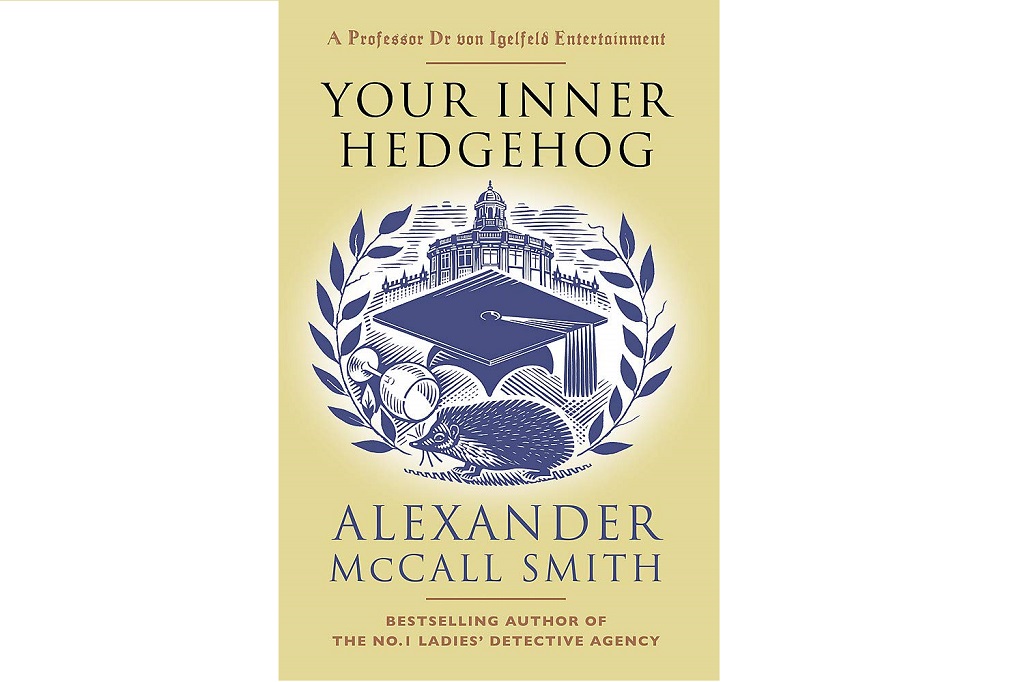
View your outside spaces in a new light. It’s a cornucopia of life and there’s a delicate balance to the ecosystem. Many small creatures that use your garden to hibernate, breed and feed in, also give back to your plants by either pollinating them or providing a pest prevention service.
Keeping a section of the garden wild is a great method of wildlife-friendly gardening. Vegetation that’s left to grow freely will be used as cover for birds, hedgehogs and amphibians that contribute towards your gardening endeavours. Hedgehogs in the garden will keep slugs at bay, while a baby blue tit will eat up to 1000 insects per day—so they’ll reduce any caterpillar infestations down in no time.
Even weeds can be left in place so long as they’re not spreading into unwanted areas. Some weeds can even be viewed as place holder for bare soil. Whilst the patch is empty, they’ll help protect the soil from erosion, much like a mulch would. Chickweed, Chenopodium album (lamb’s quarters) and dandelion will accumulate beneficial nutrients to your soil, like potassium and phosphorus.
3. Garden the green way
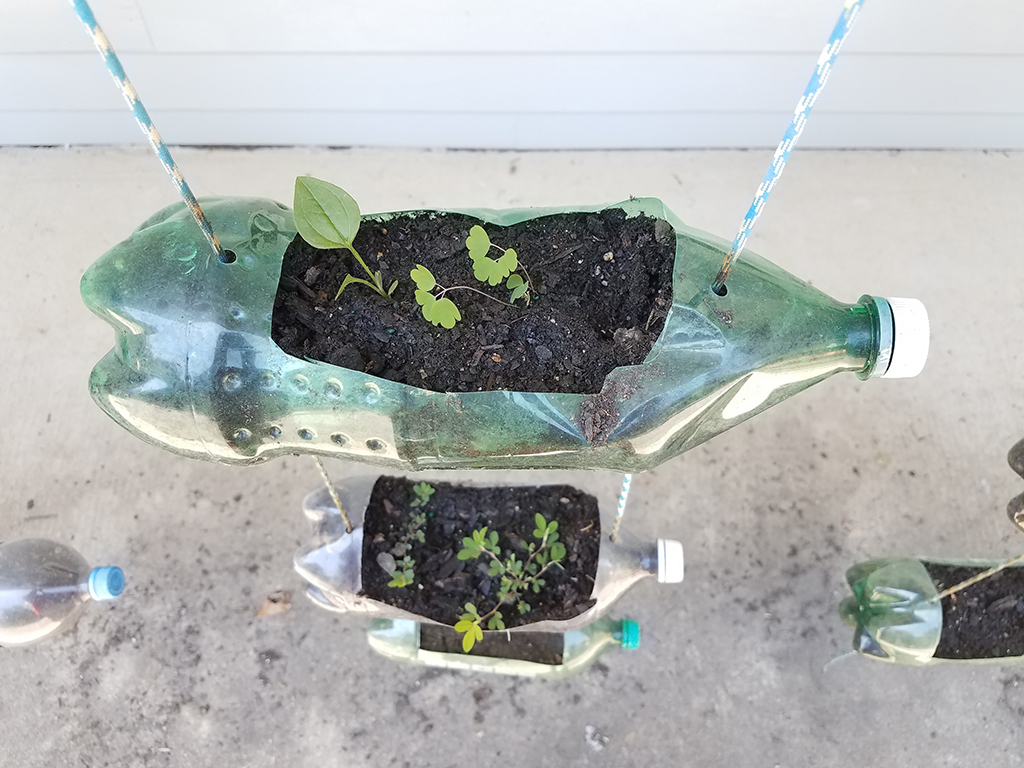
One of my favourite things is repurposing old, used or unwanted items from the home to use for good outside—and you can really get creative once you get going.
Plastic bottles can be recycled as planters, cloches or to aid in watering hanging baskets. You can even cut down on your kitchen waste by recycling your tin foil as a scourer to dislodge dirt from your garden tools or taking toilet roll cylinders to plant up carrots—they’ll protect them from underground cutworms and are also easier to transport this way. I have even found that old tic tac boxes can store seeds, they are the perfect size and compact enough to slot into a drawer until needed.
The same goes for pest control. There are loads of chemical-free home remedies you can turn to that will stop pests in their tracks. Citrus peels and beer work wonders as slug traps, while strong-smelling soaps can be grated to keep squirrels away from your bulbs. Petunias are bright-coloured blooms that can repel squash bugs, beetles and aphids. So too, herbs like dill, chives, parsley and basil have controlling qualities when it comes to the plight of carrot flies, whiteflies, and spider mites.
4. Refocus your front garden
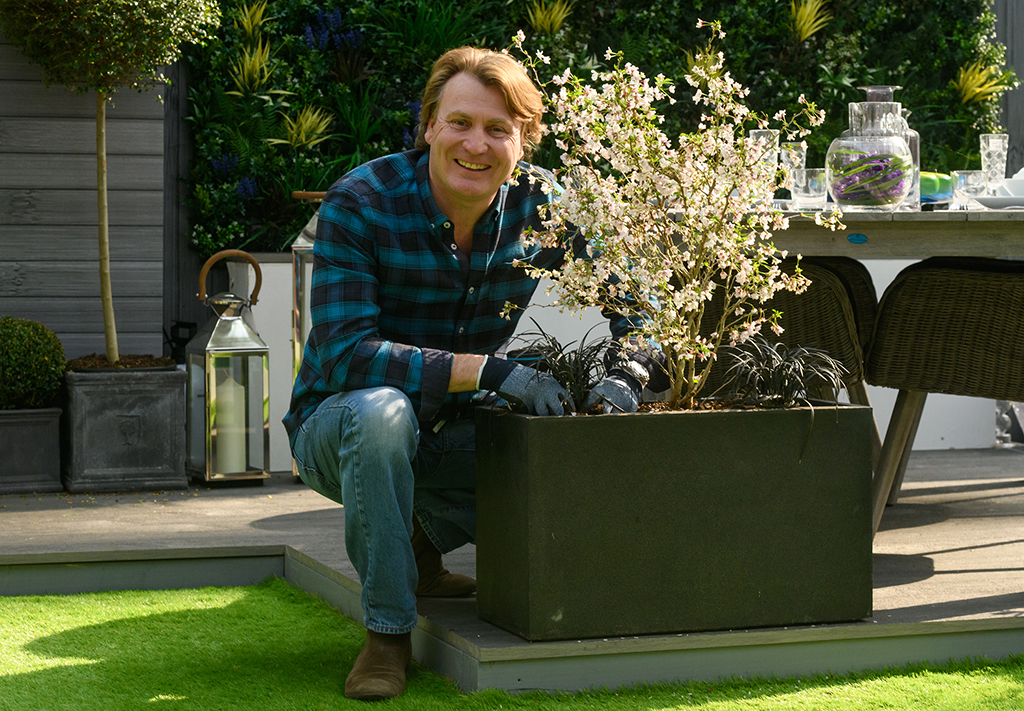
David Domoney
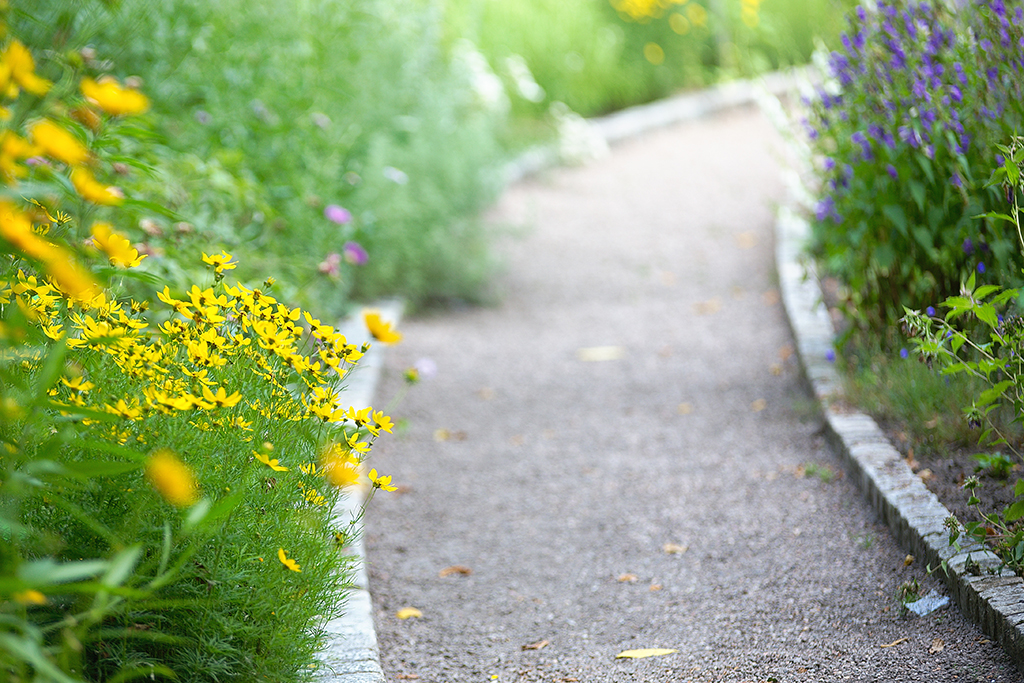
Having a front garden that both welcomes and gives you a great send-off is a simple pleasure in life. A design tip for your front garden is that it needs to be walked through to be enjoyed, so set your gate at the street entrance in the opposite corner from the front door and have your path snake through the garden. Then you can experience more of its sensory pleasures as you navigate through.
If you’re able to have a lawn, try using a chamomile lawn. This was extremely popular back in the day and sets off a lovely fragrance as it’s walked over. If you use aggregate on your front garden, dot plants within it that release fragrance when bruised by walking, such as creeping thyme. Or for limited space, plant on the walls of your house to reap the rewards without the space commitment.
Front gardens can offer immense kerb appeal, but it can be great to have a garden that’s more than just aesthetically pleasing. Green growth strategically placed in close proximity to the house will help absorb car emissions, improve air quality, boost your mood and wellbeing, as well as insulate the building—trees, hedges and climbers can reduce the cost of heating & cooling by up to 30%. So, keep plants near for a plethora of health benefits for you and your home.
5. Awaken your senses
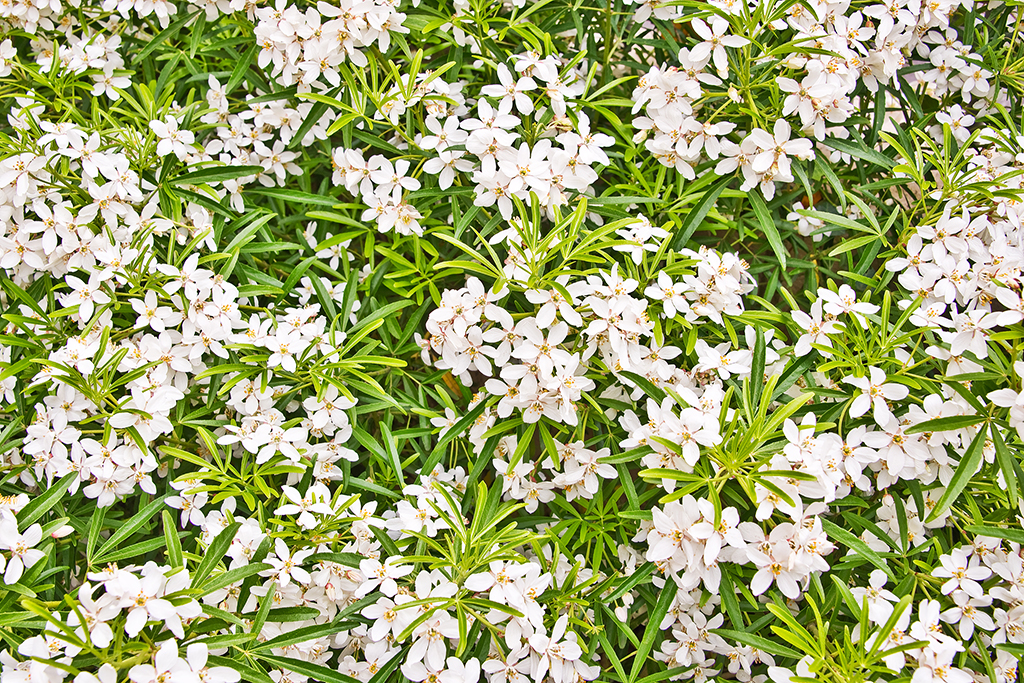
Choisya (Mexican orange blossom)
Planting for sense is a great way to source inspiration. Tap into taste with archways as a way to introduce edible growers. A great plant for archways is a blackberry plant—use a variety called ‘Oregon Thornless’ that grows without the thorns, or you could try a runner bean arch for both the flowers and beans.
Some of my fragrance favourites are Choisya (Mexican orange blossom), herbs like oregano or sage and seasonal geranium ‘Orange Fizz’, which smells of orange sherbet! Big flower favourites such as roses, lavender, lilac and daphne shouldn’t go amiss either as they also appeal to the eye. I’d recommend choosing roses in the summer while they are in flower in garden centres, as a catalogue can’t really describe the fragrance – so go and choose your rose – by – nose!
The kids love gardening with touch and furry textured Stachys byzantia (lamb’s ear) is one that is sure to go down trumps. Acoustic bamboos and the soothing brush of grasses flowing in the wind are simply majestic sounds to incorporate and, if you’re trying out sensory gardening, wildlife brings with it a symphony of sounds and sights to behold. So, inviting them into your patch will bring a scene to lift the spirits as well as the vitality of the ecosystem.
My top tip to any gardener though, is to have fun; get outside in the fresh air, tap into the power of plants and be creative. Gardening can be a brilliant method for self-expression, so every garden is unique. The key is to tap into all the possibilities the natural world has to offer.
TAGS

